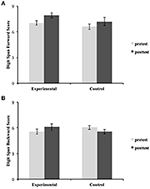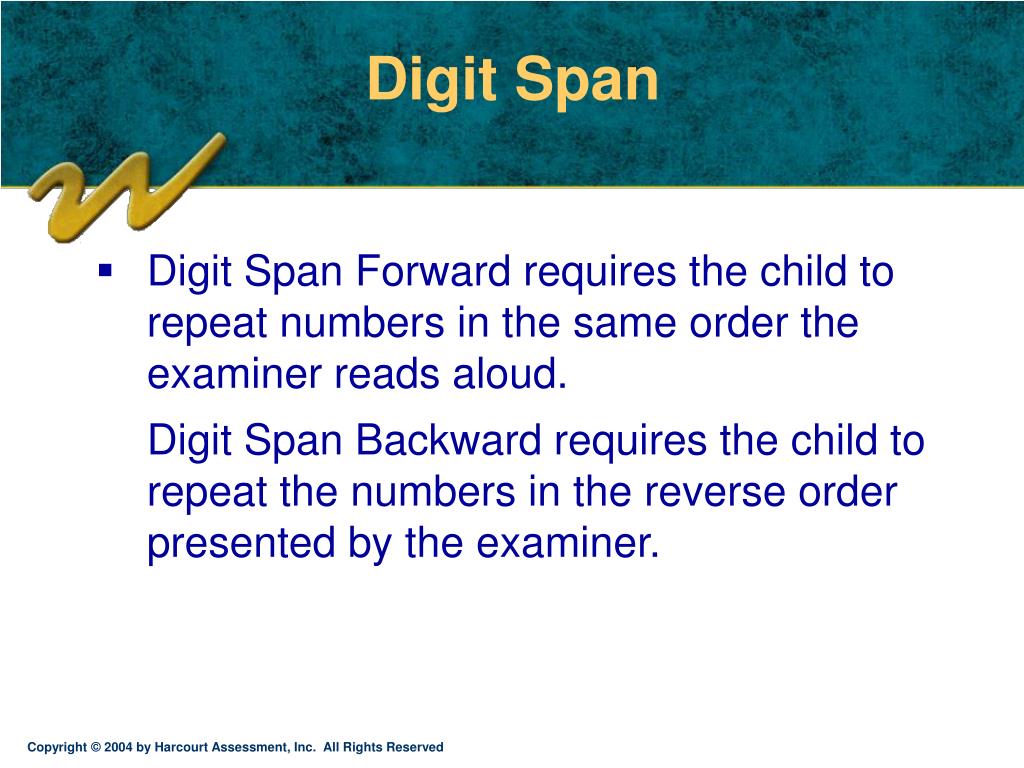

Recently, there have been a number of theoretical shifts in the way that working memory is conceptualized and assessed in the experimental literature. This cognitive ability is impaired in many clinical populations typically assessed by clinical neuropsychologists. The results provide further evidence for the pictorial superiority hypothesis and the theory that pictorial presentation of verbal stimuli is adequate for dual coding.Working memory is the cognitive ability to hold a discrete amount of information in mind in an accessible state for utilization in mental tasks.

In conclusion, working memory for common verbal items is impaired in children with RD however, performance can be facilitated, and learning efficiency maximized, when information is presented visually. Both groups of participants benefited from the visual presentation of objects however, children with RD showed the greatest gains during this condition. A mixed-model MANOVA indicated that children with RD had a slower learning curve and recalled fewer words than TDC across experimental modalities. Significant group differences were noted on language, verbal and nonverbal memory, and measures of executive abilities. The experimental tasks implemented a multitrial verbal learning paradigm incorporating three modalities: auditory, visual, and auditory plus visual. Twenty children, ages 10–12, diagnosed with RD were matched to 20 TDC age peers. It was hypothesized that the visual presentation of common objects would result in improved learning and recall performance as compared to the auditory presentation of stimuli. This study investigated the effects of stimulus presentation modality on working memory performance in children with reading disabilities (RD) and in typically developing children (TDC), all native speakers of Greek. Working memory capacity development could be an important contributor to mathematics teachers' number sense and formal memory strategy training might positively enhance both. The nonparametric Mann-Whitney U test detected statistically significant arithmetic ability differences between participants with more or less working memory capacity. 692) with arithmetic ability, predicting 48% of the variance. A linear regression ascertained that working memory capacity correlated strongly and positively (r=. Their working memory capacity was measured by the Working Memory Index of Wechsler's Adult Intelligence Scale. The 42 third year student-teachers wrote weekly mental arithmetic tests aimed at strengthening their number sense. A variable reported to relate to number sense, is working memory capacity. A number sense is an intuitive understanding of numbers, their magnitude and interrelationships and arithmetic ability is a good indicator of number sense. Furthermore, too many teachers cannot teach quantities and how they feature in our lives properly. It was found that teachers' number sense influence their pedagogies and thus also learner achievement. South Africa's murky performance in the Trends in International Mathematics and Science Study (TIMSS) since 1995 instigated several interrogative reports.

– The paper reports on the relationship between a group of pre-service mathematics teachers' working memory and number sense.


 0 kommentar(er)
0 kommentar(er)
